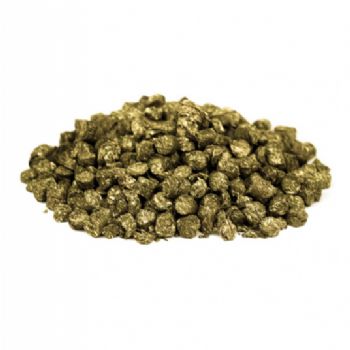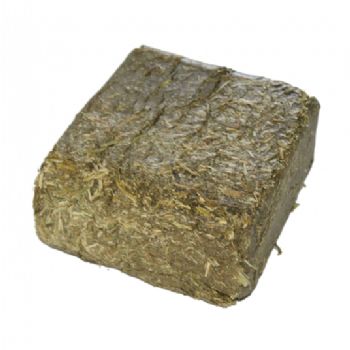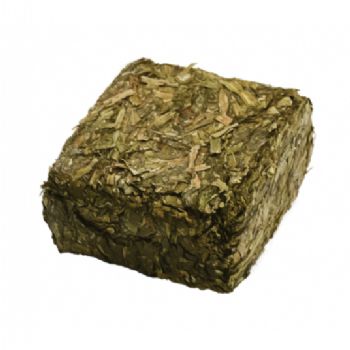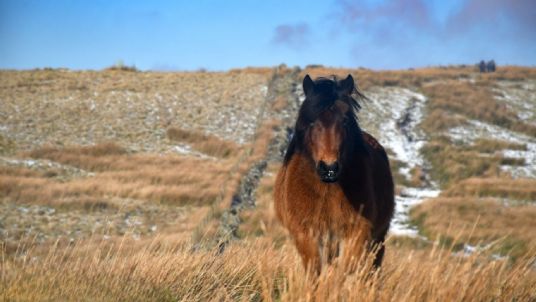Sycamore saplings have started springing up. They can be extremely dangerous for horses and ought to be removed from horse paddocks. Ingestion of any part of the sycamore, even seemingly dead looking 'helicopters' or leaves, can cause atypical myopathy - a disease that is often fatal to horses.
Whilst there are fewer sycamore saplings than in 2023 - where they were more widespread than we have ever noted before - they ought to be removed promptly as ingesting even just a small number can have devastating effects. We recommend fencing off affected areas, or better still remove your horses altogether. Even if you don't have sycamore trees in and around your paddocks, we would encourage you to give them a thorough checkover before you allow your horses to graze.
It makes sense to remove any saplings now. At the moment they pull up very easily by hand, in a few more weeks that may not be the case as the roots become more established.
Blue Cross UK have some straightforward information on their website for those who would like to learn more about reducing the risks, and the symptoms to look out for. This can be viewed by clicking here.
If you think your horse is suffering from sycamore poisoning (atypical myopathy) please contact your vet immediately.
One of Blue Cross' recommendations is to offer forage. This can be hay, a soaked hay replacer such as HayCare or you could consider Simple System Brix, which are compressed forage in handy 1kg blocks.
If you'd like guidance on feeding forages in the field, please contact our Feed Line who are happy to offer free advice. Call 01728 604 008 or complete our online feeding advice form by clicking here.











